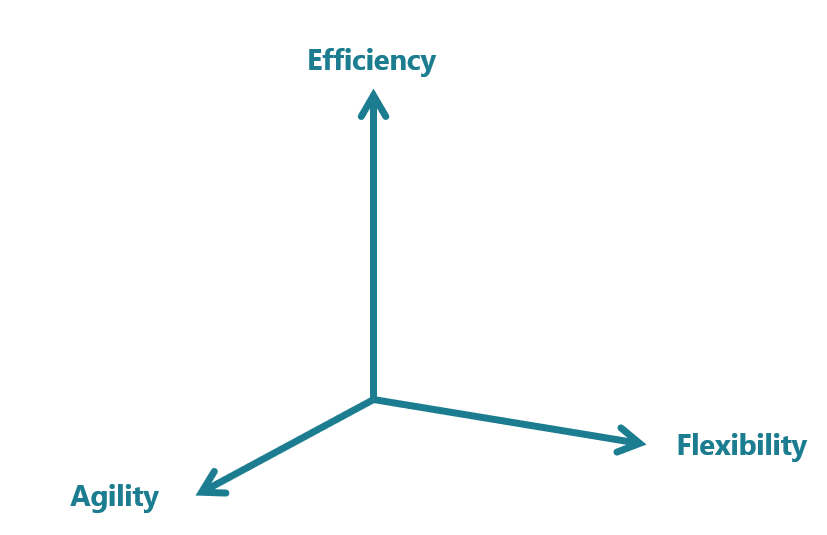Antwort What is the major principle of modularization? Weitere Antworten – What are the principles of modularization

The Modularity Principle
A cohesive component has a well defined function or purpose. Components are loosely coupled if their interdependencies are minimized. Cohesive, loosely coupled components are easy to understand, reuse, and replace.Modularization is a practice of organizing a codebase into loosely coupled and self contained parts. Each part is a module. Each module is independent and serves a clear purpose. By dividing a problem into smaller and easier to solve subproblems, you reduce the complexity of designing and maintaining a large system.And at Binsky, we'll cooperate with any partner necessary to make that happen,” suggests Durr.
- #1: Faster Project Delivery.
- #2: Better Quality Assurance.
- #3: Safer Working Environments.
- #4: Cost Savings for Owners.

What are the characteristics of modularization : Thus “modularizing” a system involves specifying its architecture or what its modules are; specifying its interfaces or how the modules interact; and specifying tests which establish that the modules will work together and how well each module performs its job.
Why is modularization important
Modular construction, on average, decreases onsite labor by 30 to 50 percent. Fewer contractors working in parallel with one another, fewer laborers on-site, and fewer deliveries all help to reduce site disruption as well as major risks like falls, which account for nearly 33 percent of job site fatalities.
What is the principle of modularity in design : Modular design, or modularity in design, is a design principle that subdivides a system into smaller parts called modules (such as modular process skids), which can be independently created, modified, replaced, or exchanged with other modules or between different systems.
The concept of modularity is used primarily to reduce complexity by breaking a system into varying degrees of interdependence and independence across and "hide the complexity of each part behind an abstraction and interface".
Modularity can be classified in three categories (Baldwin; Clark, 2000): project, process or use.
What is an example of modularization
A famous example of modularity is LEGO. These plastic toys contain elements that can easily be assembled and reused to develop different finished products.It reduces redundancy and increases program readability even as you are creating it and subsequently during the maintenance cycle. Modularization also enables reusability of the same code again.


![csm_2405-bauerfeind-produktkategoriesseiten-bandagen-ellenbogenbandage-2560x1400_88-1_f91f66009c[1]](https://www.nakajimamegumi.com/wp-content/uploads/2024/06/csm_2405-bauerfeind-produktkategoriesseiten-bandagen-ellenbogenbandage-2560x1400_88-1_f91f66009c1-1024x521-65x65.jpg)
![Ischiasschmerzen[1]](https://www.nakajimamegumi.com/wp-content/uploads/2024/06/Ischiasschmerzen1-1024x640-65x65.jpg)
![csm_blogbeitrag_autoimmunerkrankung_d307ac8b72[1]](https://www.nakajimamegumi.com/wp-content/uploads/2024/06/csm_blogbeitrag_autoimmunerkrankung_d307ac8b721-1024x576-65x65.jpeg)